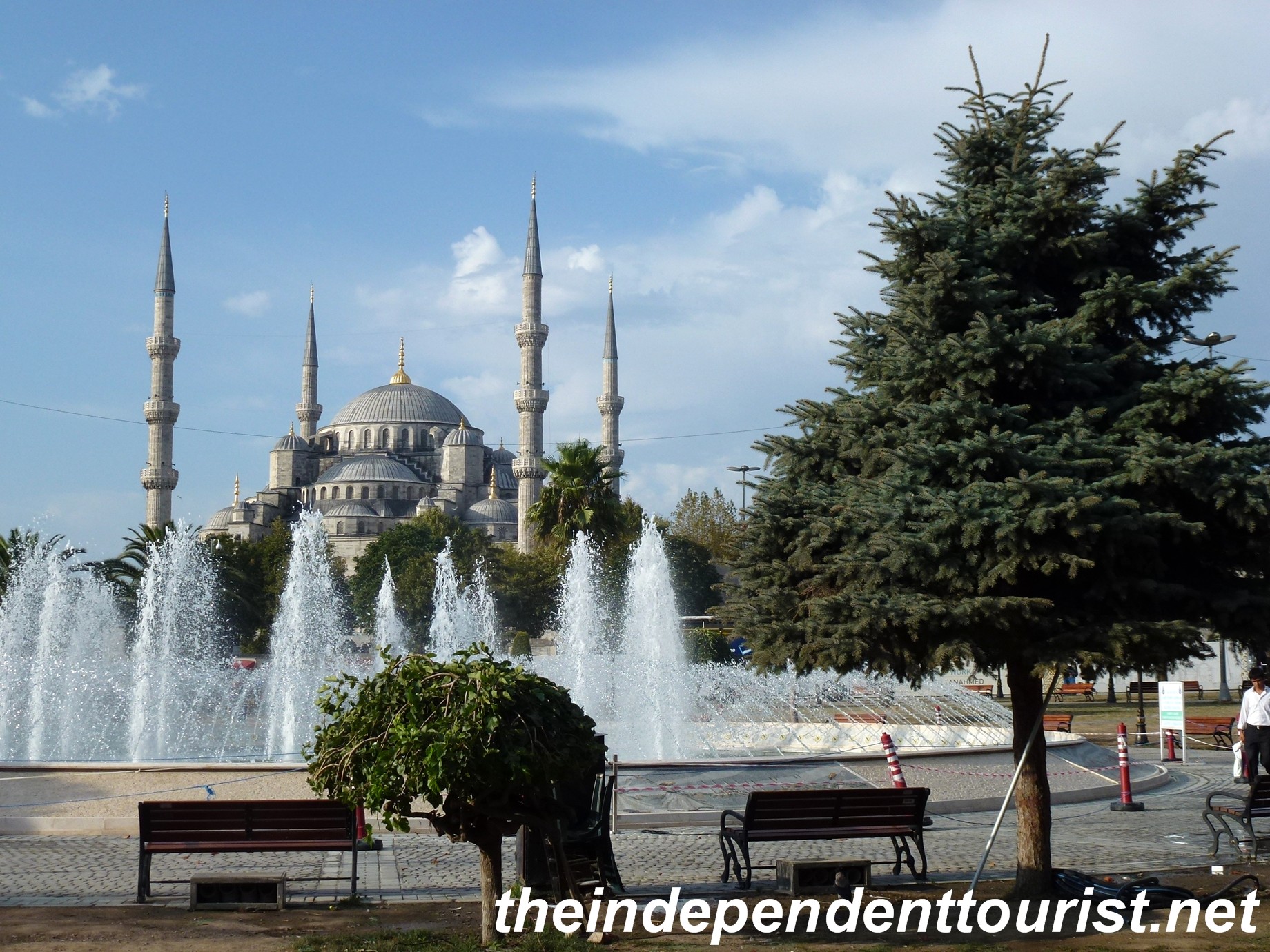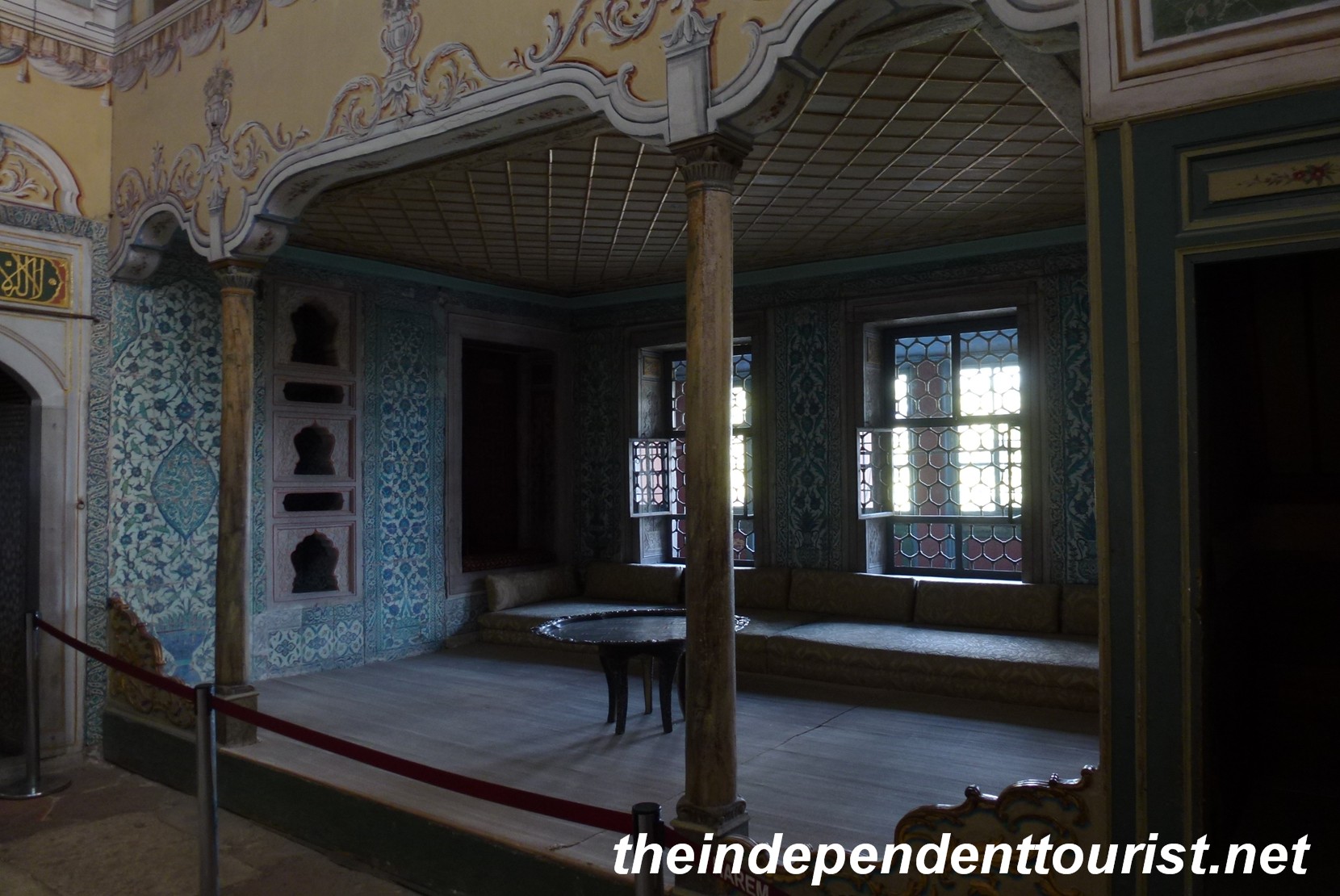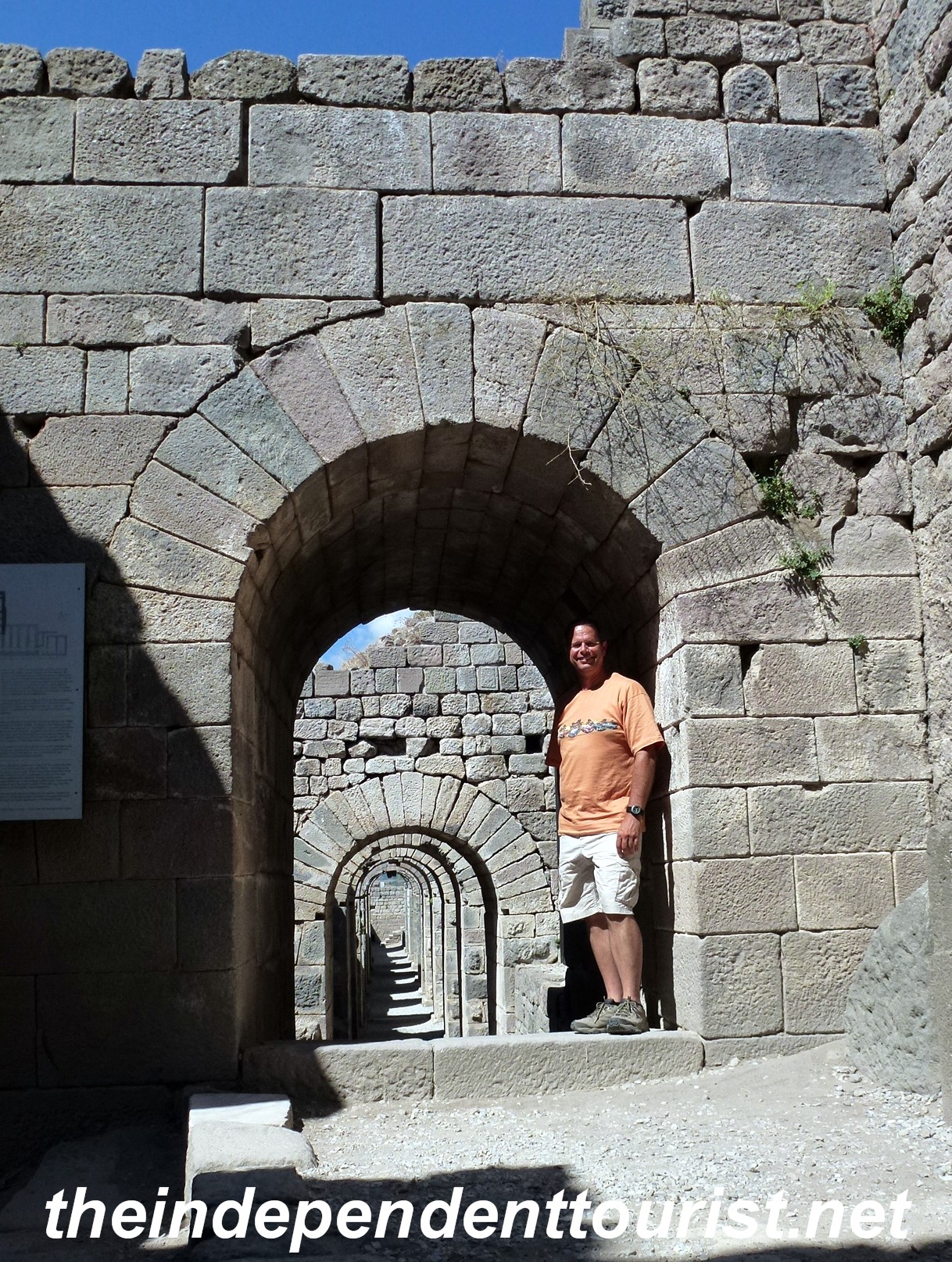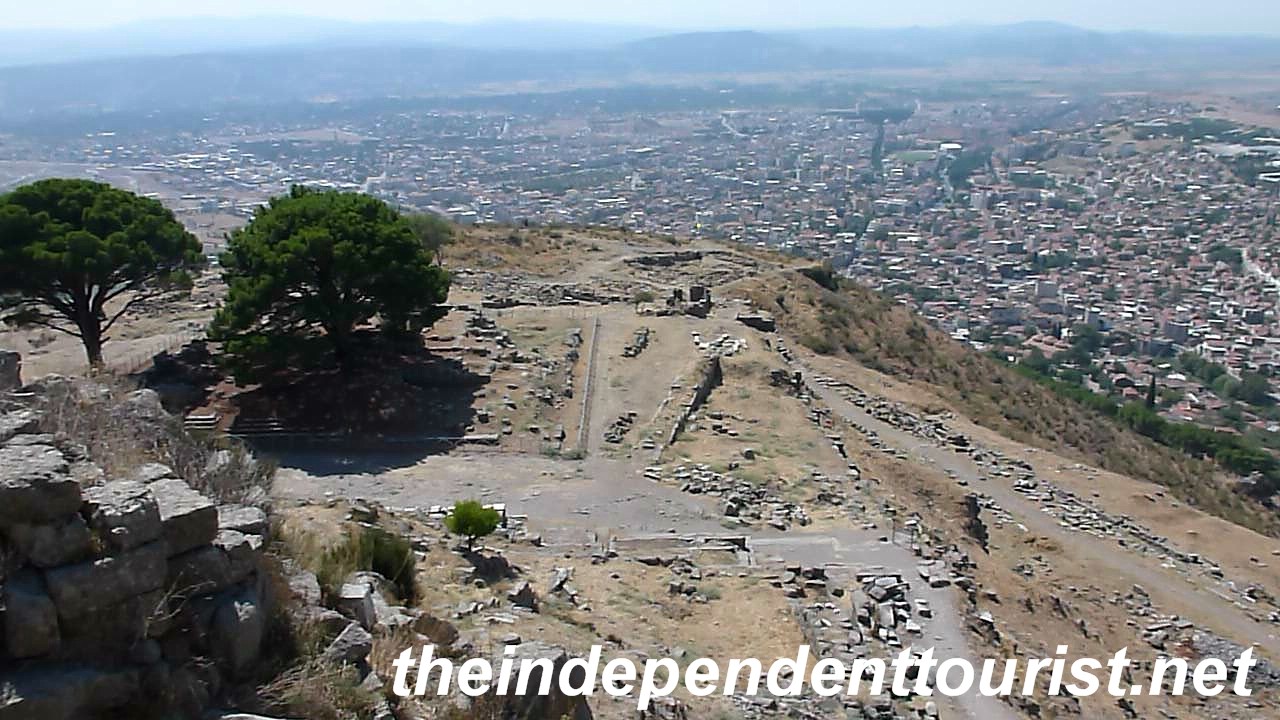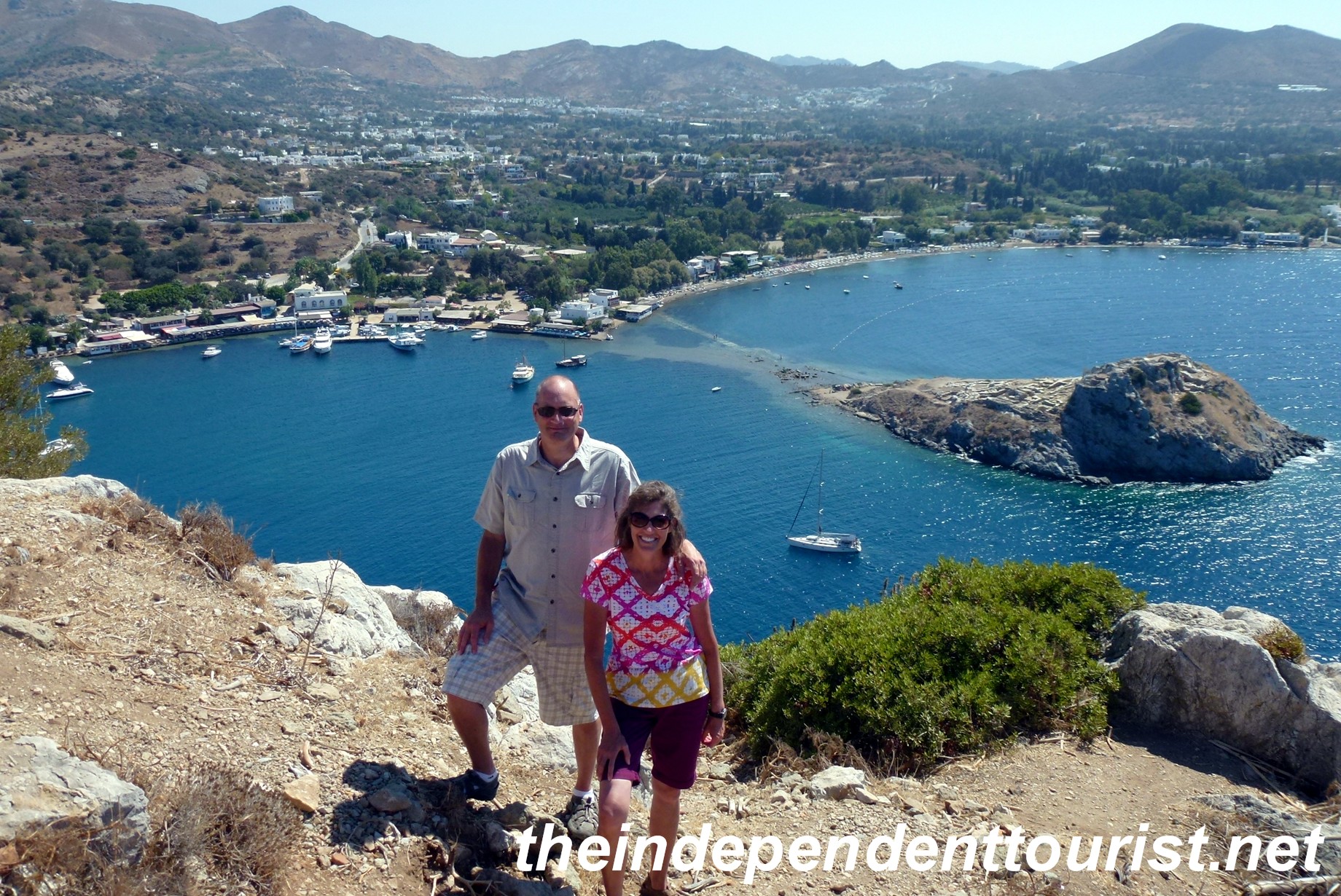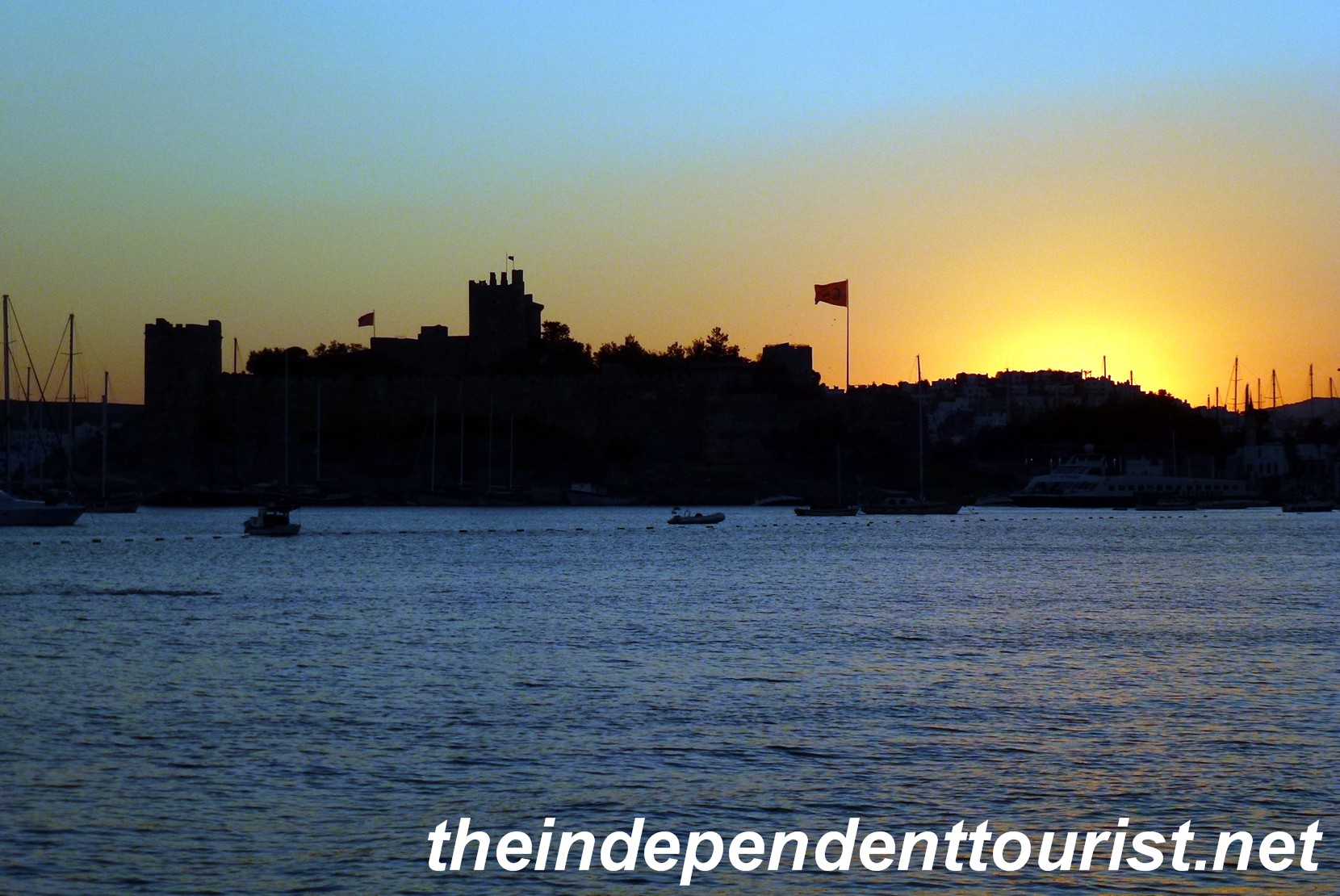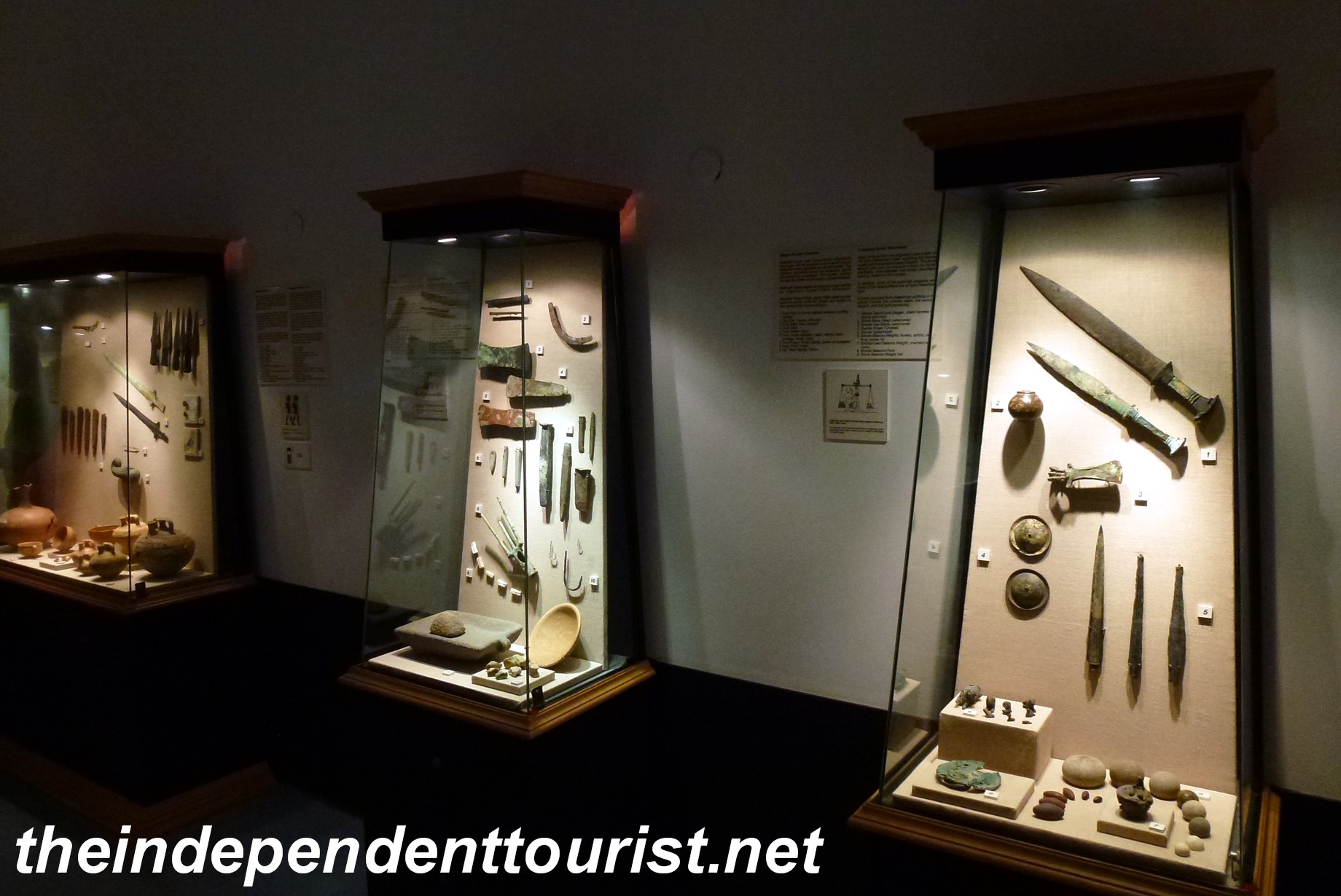(Contributed Post from Samantha Dunn – Sam is a freelance writer who loves food and traveling. She has been a digital nomad exploring different countries for over a decade. She particularly loves the beach and enjoys trying new cuisines from each place she has visited.)
Post Featured Image Credit: Image by Şinasi Müldür from Pixabay
Turkey remains one of the most well-loved destinations for many tourists and one that is particularly great for history lovers. This is no surprise when you learn that the country has influences that range from Roman to Ottoman and Byzantine. Turkey undoubtedly has plenty of history to dive into and lots of top tourist attractions to visit with this in mind.
But what are the three must-visit spots in Turkey for the history-loving holidaymaker?
1. The Temple of Apollo

The Aegean Coast is certainly one of the top places to visit in Turkey and the Temple of Apollo at Didim shows why.
Located at the entrance to this stunning resort, the Temple of Apollo is a sight any history lover will never forget. Although there are actually a number of temples dedicated to this mythological god in the region, the one here is easily the most impressive. It was also one of the largest in the ancient world and its sheer scale takes the breath away even now.
Although the temple is ruined, the majesty of the columns and the serene grounds it sits on still provide plenty of interest. Once home to one of the most famous Oracles of ancient times, it also has a famous Medusa Head statue to admire – plus a purification well to gaze upon. Didim’s Temple of Apollo is also close to the ruins of Miletus and Priene for holidaymakers who want even more history to enjoy.
2. The Blue Mosque
Also known as the Sultan Ahmed Mosque, The Blue Mosque is a majestic sight and found in the city of Istanbul. Although there are plenty of other things which make Istanbul cool, this famous mosque is number one.
Even from the outside, it is a stunning spectacle to behold. Finished in 1616, it features awe-inspiring domes and six beautifully designed minarets. It gets even better for history lovers inside, with 20,000 hand-painted blue tiles and a real sense of the past. Listed as a UNESCO World Heritage Site since 1985, the iconic domes are bathed in light come nighttime to magical effect.
3. Castle of St. Peter

From the boutique beach hotels to its lively feel, Bodrum has lots to offer any visitor. If you love your history though, the Castle of St. Peter is the main draw.

It is certainly a top attraction in Turkey and comes with a fascinating backstory. Although it might now house Bodrum’s Museum of Underwater Archaeology, it was founded initially in the 15th century by the Knights Hospitaller. The castle itself sits on a prominent waterfront location in Bodrum and this means it offers superb views over the marina. There are four towers in the castle which are known as the English, French, Italian and German towers. This is because each tower was named after the nationality of the knights who built it.
There is no doubt that Turkey remains a great tourist destination and has something to offer everyone. This is especially true for history lovers and there are some amazing spots to take in around the country with this in mind. For more information on where to visit in Turkey or tips for traveling in other countries, check out the rest of our website today.













